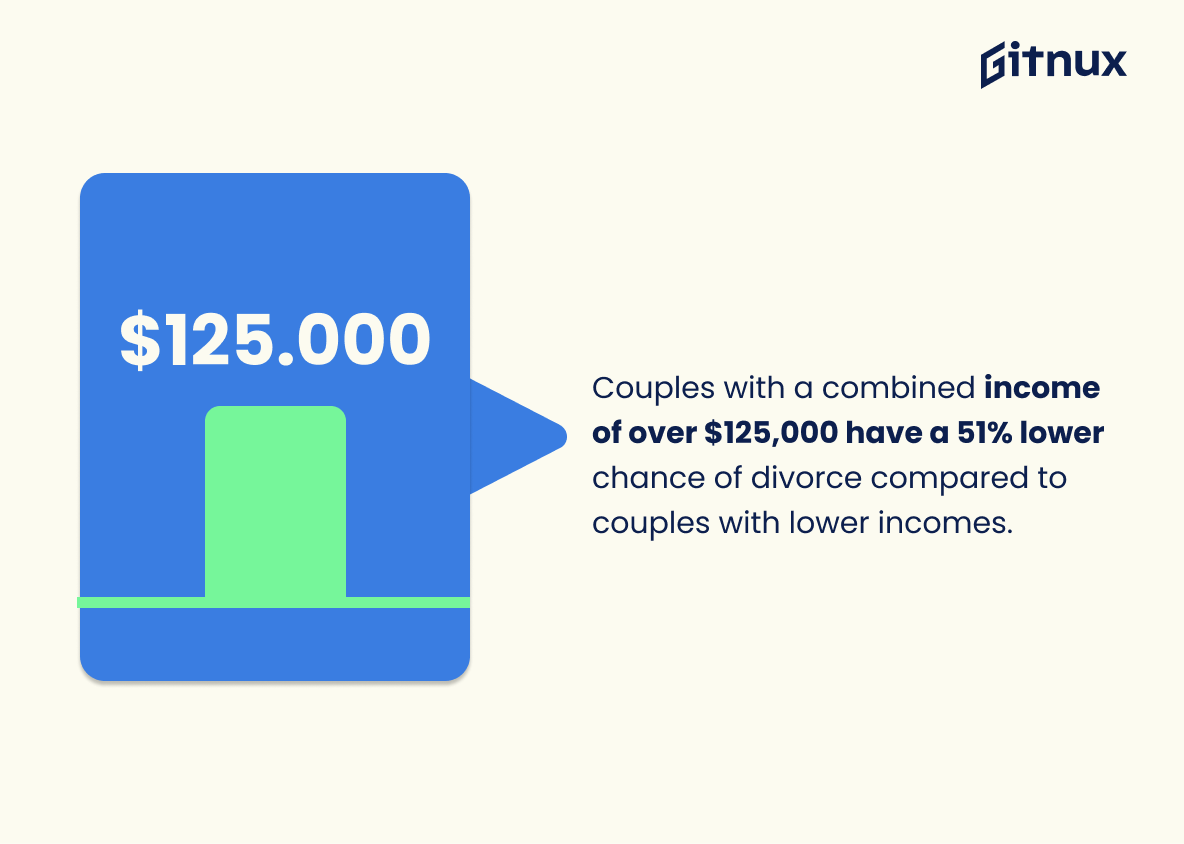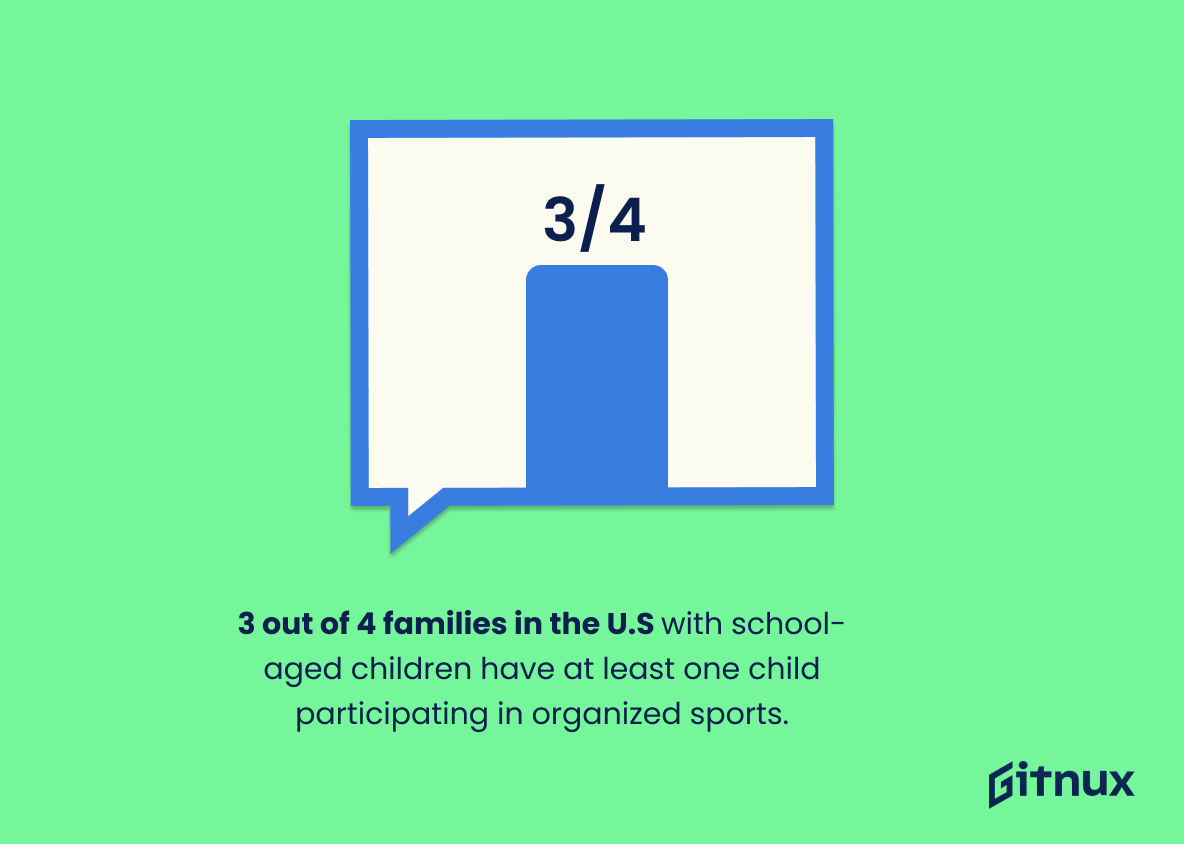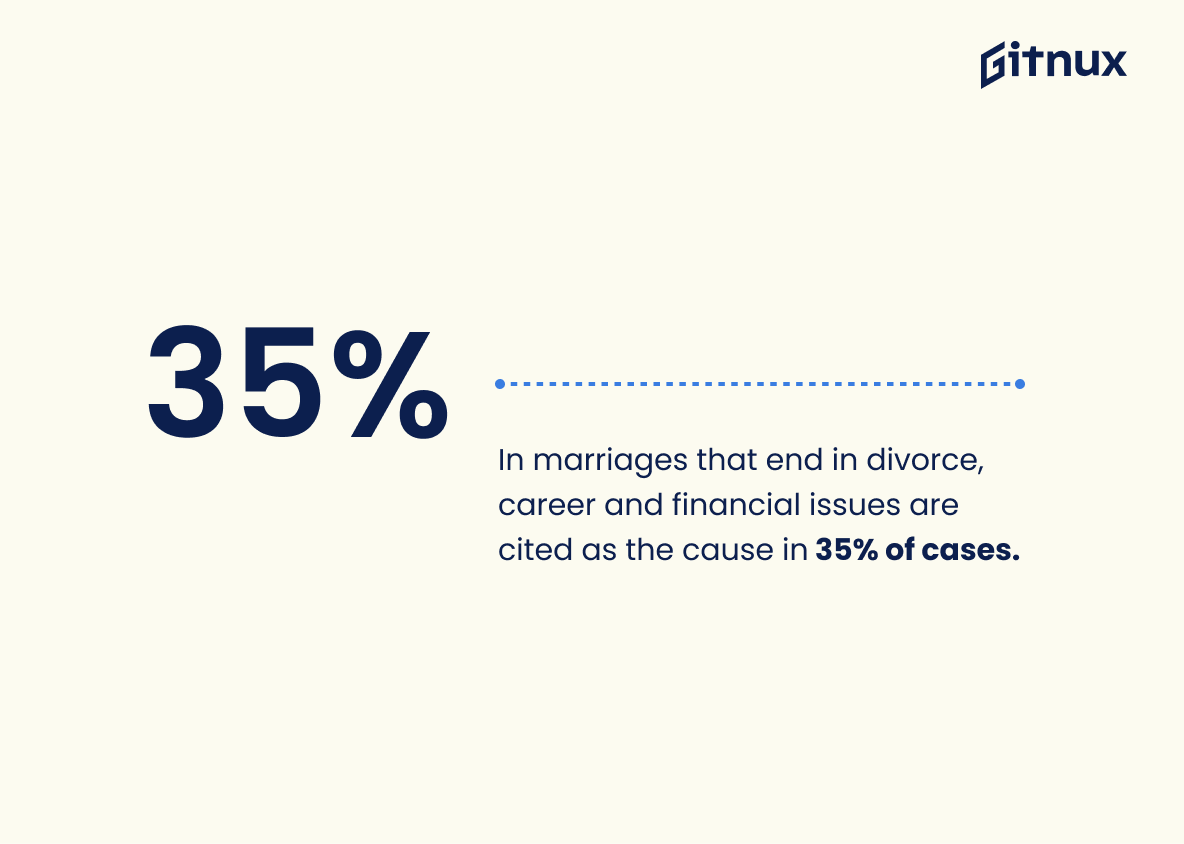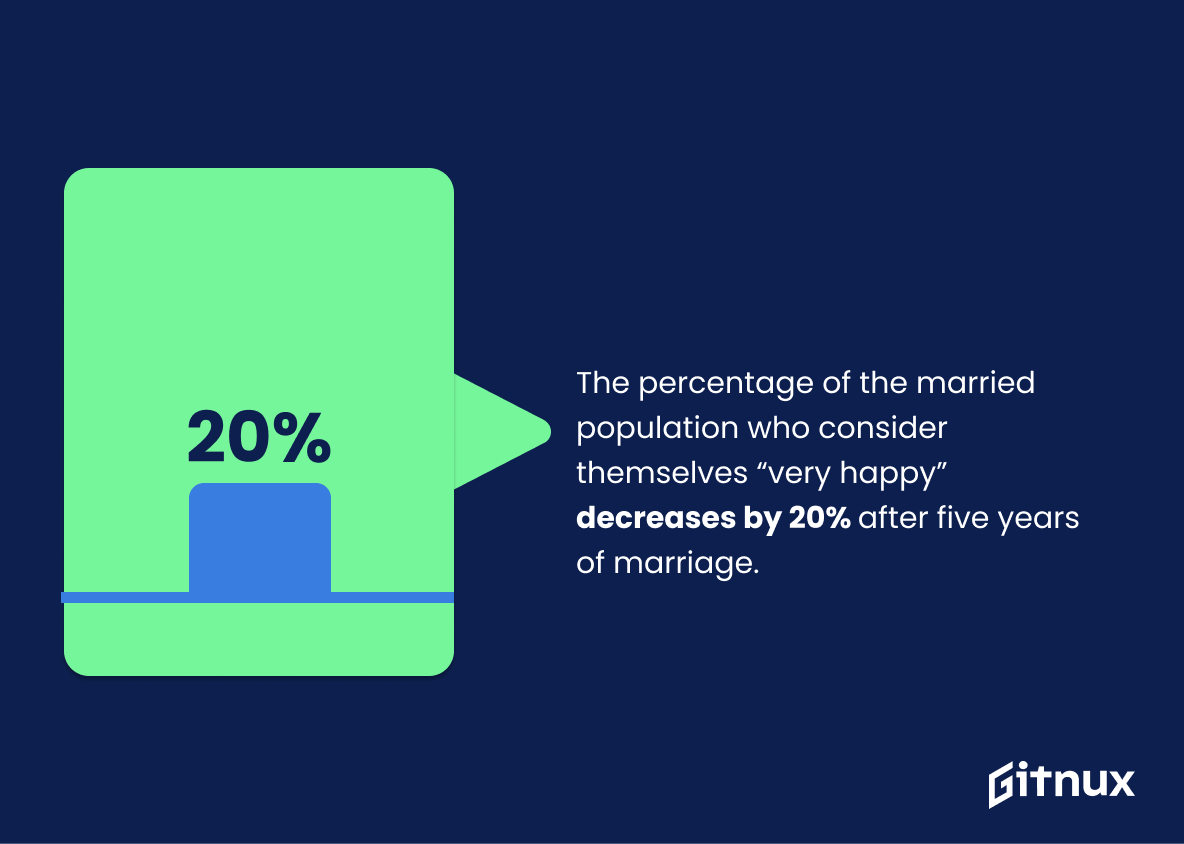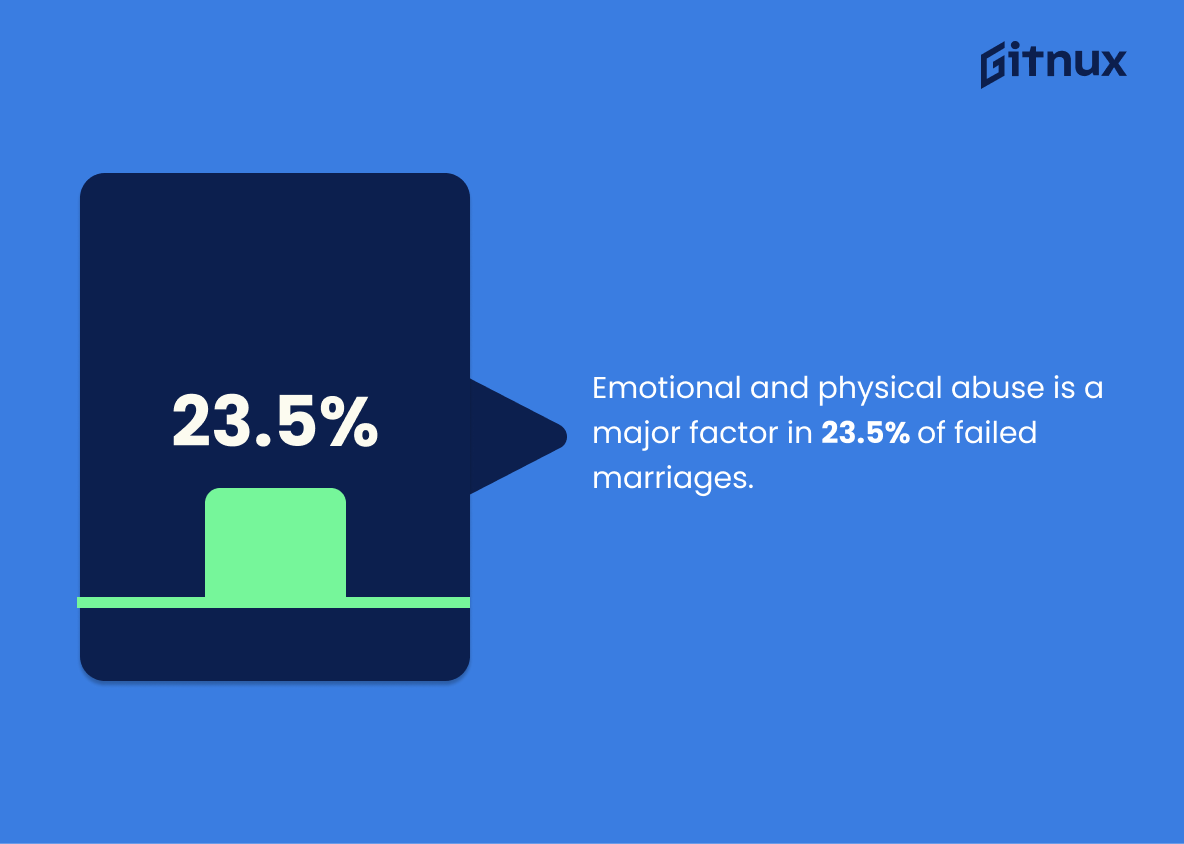The institution of marriage has been around for centuries, but it is no secret that divorce rates have been steadily increasing in the United States. While there are many factors at play when it comes to failed marriages, statistics can provide us with a better understanding of why so many couples choose to end their unions. In this blog post, we will explore 20 different statistics about failed marriages and divorces in the U.S., including information on age differences between spouses, income levels, premarital sex and children before marriage. We’ll also look at how COVID-19 may be impacting divorce filings across the country today. By examining these facts and figures more closely, we can gain insight into what contributes to successful relationships as well as those that don’t last over time.
Failed Marriage Statistics Overview
About 41% of first marriages end in divorce.
This statistic is a stark reminder of the prevalence of failed marriages in our society. It serves as a cautionary tale for those considering marriage, and a reminder of the importance of making sure that both parties are fully committed to the relationship. It also highlights the need for couples to be aware of the potential risks associated with marriage and to take steps to ensure that their relationship is built on a strong foundation.
The average length of a marriage that ends in divorce is 8 years.
This statistic serves as a stark reminder of the fragility of marriage, highlighting the fact that even after 8 years of commitment, a marriage can still end in divorce. It is a sobering reminder that no marriage is immune to the possibility of failure, and that couples should be aware of the risks associated with marriage.
Couples who marry between ages 20 and 25 have the highest divorce rate.
This statistic is a stark reminder that age can be a major factor in the success of a marriage. It highlights the importance of taking the time to get to know each other and build a strong foundation before taking the plunge into marriage. It also serves as a warning to couples who are considering tying the knot at a young age, as they may be more likely to experience a divorce.
Couples with a combined income of over $125,000 have a 51% lower chance of divorce compared to couples with lower incomes.
This statistic is a powerful reminder that financial stability can be a major factor in the success of a marriage. It highlights the importance of couples having a secure financial foundation in order to reduce the risk of divorce. This information can be used to help couples understand the importance of financial planning and budgeting in order to ensure a successful marriage.
Couples who wait until 25 or older to marry have a 24% reduced risk of divorce.
This statistic is a powerful reminder that taking the time to get to know each other before tying the knot can have a significant impact on the longevity of a marriage. By waiting until 25 or older to marry, couples can reduce their risk of divorce by 24%, making it a key factor in the success of a marriage.
69% of divorced individuals admit that they did not consistently set aside time for “couple-time” with their spouse.
This statistic is a telling reminder of the importance of investing in relationships. It highlights the fact that, even in the face of divorce, couples should prioritize spending quality time together. This statistic serves as a cautionary tale for couples who may be on the brink of divorce, and it emphasizes the need to nurture relationships before it’s too late.
33% of couples who seek marriage counseling experience a temporary improvement, while only 12% report lasting positive change.
This statistic is a stark reminder of the difficulty of achieving lasting positive change in a marriage. It highlights the fact that, while temporary improvements can be made, the majority of couples who seek marriage counseling are unable to make lasting changes to their relationship. This is an important point to consider when discussing failed marriage statistics, as it emphasizes the need for couples to take proactive steps to ensure their relationship is healthy and strong.
In marriages that end in divorce, career and financial issues are cited as the cause in 35% of cases.
This statistic is a powerful reminder of the importance of financial stability in a marriage. It highlights the fact that, for a significant portion of divorcing couples, money matters are a major factor in the breakdown of their relationship. This is an important point to consider when discussing failed marriage statistics, as it can help to provide insight into the causes of marital strife and how to prevent it.
The percentage of the married population who consider themselves “very happy” decreases by 20% after five years of marriage.
This statistic serves as a stark reminder of the reality that marriage is not always a bed of roses. After five years of marriage, the percentage of married people who consider themselves “very happy” drops by 20%, indicating that the honeymoon phase of marriage is not always long-lasting. This statistic is a sobering reminder that marriage is a long-term commitment that requires hard work and dedication to make it successful.
3 out of 4 women initiate divorce.
This statistic is a powerful indicator of the prevalence of failed marriages, as it suggests that the majority of divorces are initiated by women. It speaks to the fact that women are often the ones who recognize when a marriage is no longer working and take the necessary steps to end it. This statistic is a reminder that marriage is a two-way street and that both parties must be willing to work together to make it successful.
About 62% of couples who divorce have an age difference of 5 years or greater.
This statistic is a telling indication of the importance of age in a marriage. It suggests that couples who have a significant age difference are more likely to end up divorced than those who do not. This could be due to a variety of factors, such as different life stages, different interests, or different levels of maturity. Understanding this statistic can help couples better prepare for the potential challenges that come with a large age gap in a marriage.
Almost 60% of marriages that experience infidelity will ultimately end in divorce.
This statistic is a stark reminder of the devastating effects of infidelity in marriage. It highlights the fact that when trust is broken, it can be incredibly difficult to repair the relationship and move forward. It also serves as a warning to couples to be mindful of the potential consequences of infidelity and to take steps to protect their marriage from this kind of betrayal.
28% of divorced couples report “unrealistic expectations” as a reason for their divorce.
This statistic is a powerful reminder that expectations play a major role in the success of a marriage. Unrealistic expectations can lead to disappointment and frustration, which can ultimately lead to the breakdown of a marriage. This statistic serves as a warning to couples to be realistic and honest with each other about their expectations in order to avoid the same fate.
Emotional and physical abuse is a major factor in 23.5% of failed marriages.
This statistic is a stark reminder of the devastating impact that emotional and physical abuse can have on a marriage. It serves as a reminder that abuse is a major factor in a significant portion of failed marriages, and that it should not be taken lightly. It is a reminder that couples should be aware of the signs of abuse and take steps to address it before it leads to the breakdown of their marriage.
Conclusion
The statistics presented in this blog post demonstrate the prevalence of divorce in the United States. From couples who marry young to those with a combined income over $125,000, no one is immune from potential marital strife. Common causes for failed marriages include lack of commitment and unrealistic expectations as well as physical or emotional abuse.
Even having children before marriage can increase the likelihood of divorce by 40%. Despite these sobering facts, 2020 saw a decrease in U.S. states’ reported filings due to COVID-19 restrictions on social activities and travel that may have kept some couples together longer than they would have otherwise been able to stay married without outside intervention.
References
0. – https://www.apa.org
1. – https://www.marriage.com
2. – https://www.cdc.gov
3. – https://www.fatherly.com
4. – https://www.truthaboutdeception.com
5. – https://www.marriedbiography.com
6. – https://www.mckinleyirvin.com
7. – https://www.yourtango.com
8. – https://www.wf-lawyers.com
9. – https://www.aarp.org
10. – https://www.moneycrashers.com
11. – https://www.familylife.com
12. – https://www.happify.com
13. – https://www.divorcestatistics.org
14. – https://www.ifstudies.org



